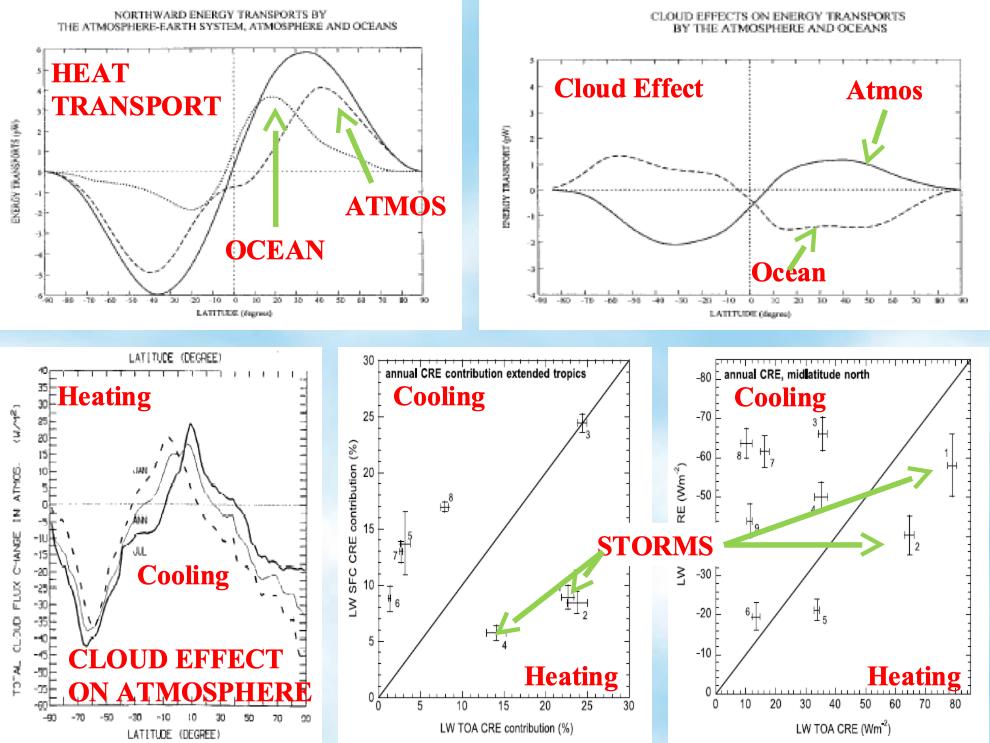The Global Energy and Water Cycle of Earth's Climate
The discussion presented here is based on a comprehensive collection of data analysis products covering many decades, many produced by data projects under the World Climate Research Program’s (WCRP) Global Energy and Water Exchanges project (GEWEX), supplemented by some key research satellite experiments and the European Center for Medium-range Weather Forecast (ECMWF) (re)analysis of winds, temperature and humidity measurements. The GEWEX projects are, in order of the date of their initiation, the International Satellite Cloud Climatology Project (ISCCP), the Global Precipitation Climatology Project (GPCP) using satellite measurements and supported by the Global Precipitation Climatology Center (GPCC) collecting direct surface measurements, the Surface Radiation Budget project (SRB) using satellite measurements and supported by the Baseline Surface Radiation Network (BSRN) collecting direct surface measurements, the Global Water Vapor project (GVAP) using satellite and in situ measurements, the Global Aerosol Climatology Project (GACP) using satellite measurements, SEAFLUX(ocean surface turbulent heat and water fluxes from satellite measurements), and LandFlux (land surface turbulent heat and water fluxes from satellite measurements). Some key satellite datasets are from instruments on a series of US radiation budget missions (Earth Radiation Budget Experiment, ERBE, and Clouds and Earth’s Radiant Energy System, CERES), from the Moderate-resolution Imaging Spectroradiometer (MODIS) on the US Terra/Aqua and Polarization and Directionality of Reflectance (POLDER) on the Japanese Advanced Earth Observing Satellite (ADEOS), from Atmospheric Infrared Sounder (AIRS) on Aqua and the Infrared Atmospheric Sounding Interferometer (IASI) on the European Meteorological Operational satellite (METOP), from the Precipitation Radar on the Japan/US Tropical Rainfall Measurement Mission (TRMM and now the US Global Precipitation Mission), and from a lidar on the European/US CALIPSO satellite and a cloud radar on the US/Japan CloudSat. A collection of many of these data products that has been organized onto a common map grid and time step structure was produced called the GEWEX Integrated Product. This global at 100-km, 15-year at 3-hr dataset has the density and comprehensive structure of global model output and can be used to directly evaluate time derivatives of atmospheric processes as well as diagnose exchanges and transports of energy and water for comparison to the models.
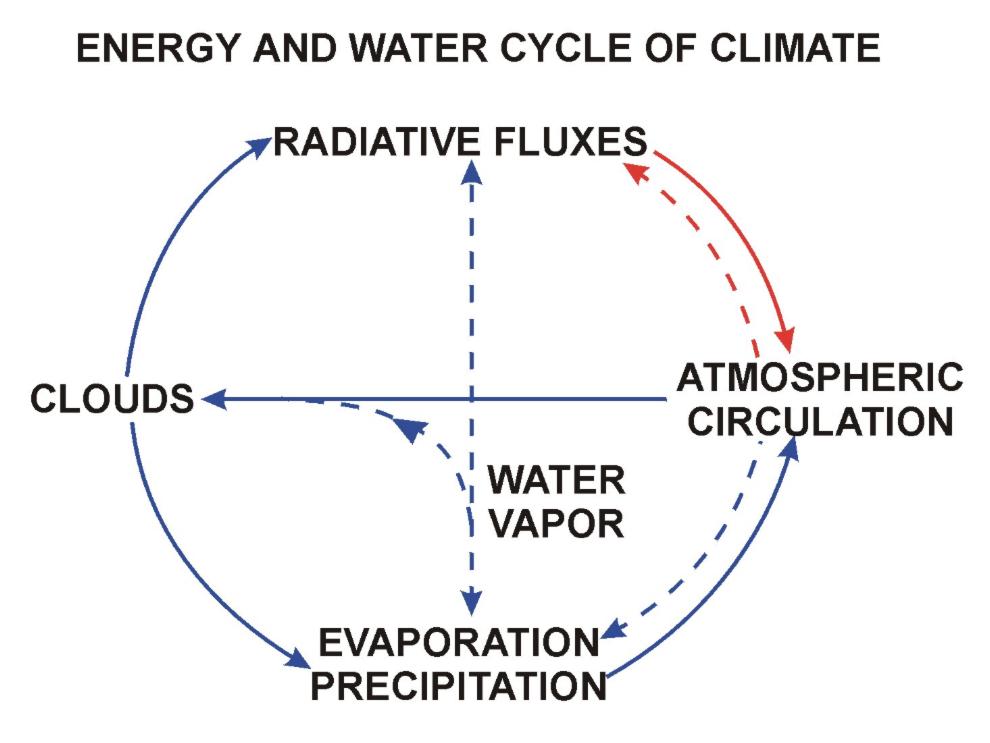
The Global Energy and Water Cycle of Earth's Climate
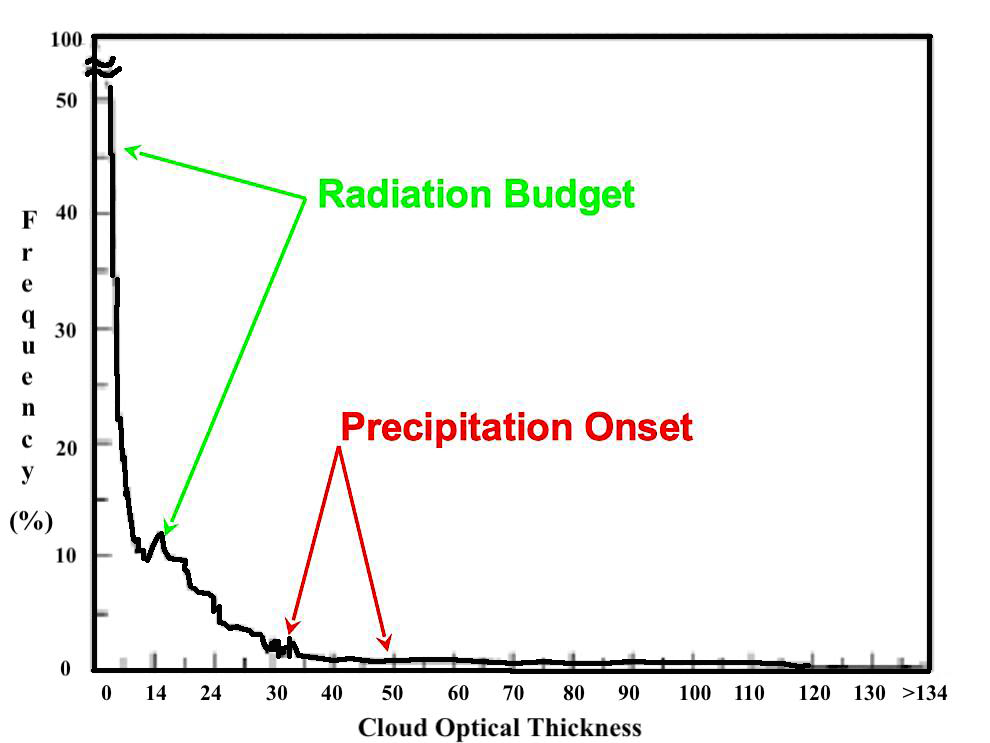
Cloud Optical Thickness

Annual Mean TOA Radiation

TOA Net Radiation & Cloud Effects

Annual Mean Surface Energy Balance

SRF Net Radiation & Cloud Effects

ATM Net LW Rad & Cloud Effects
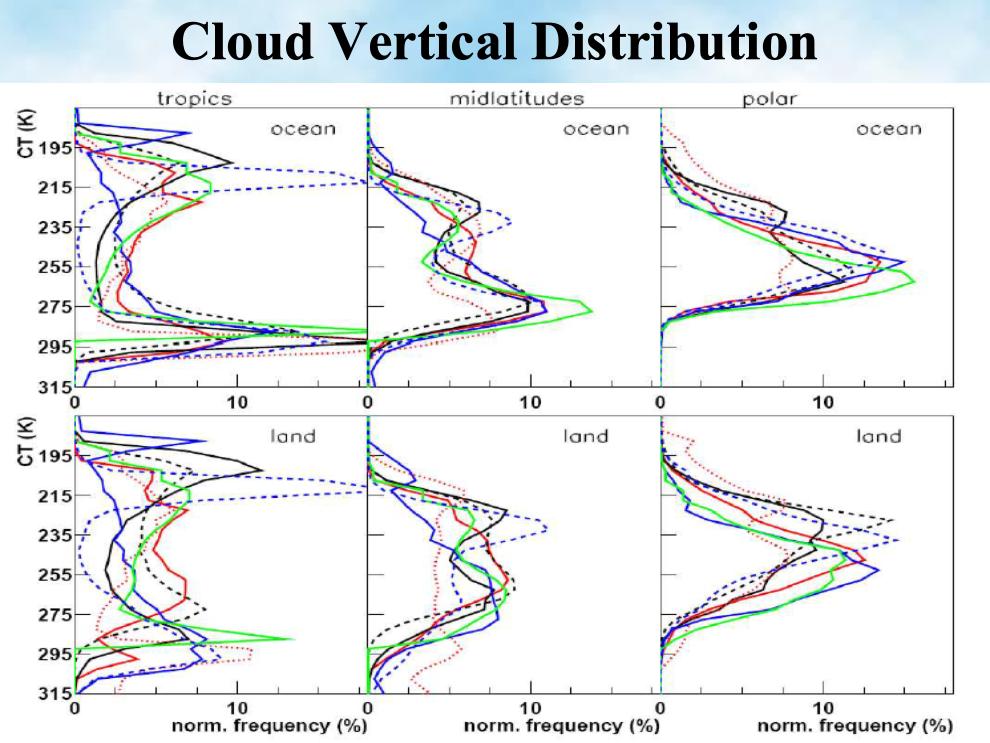
Cloud Vertical Distribution

Midlatitude Storms
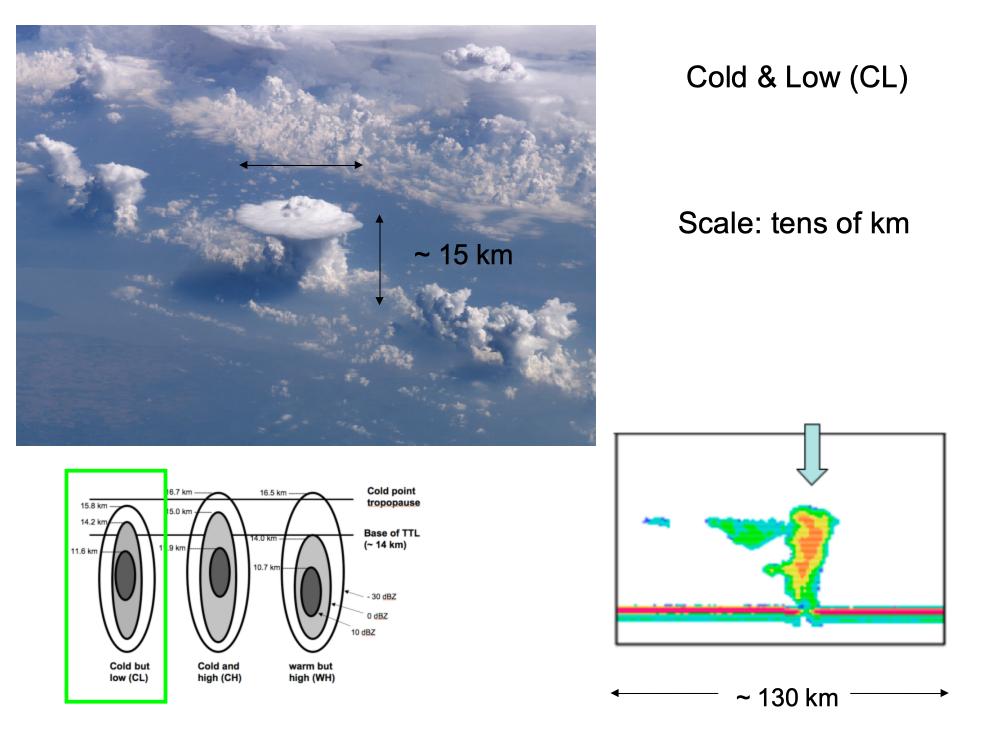
Tropical Convection - Small Convection
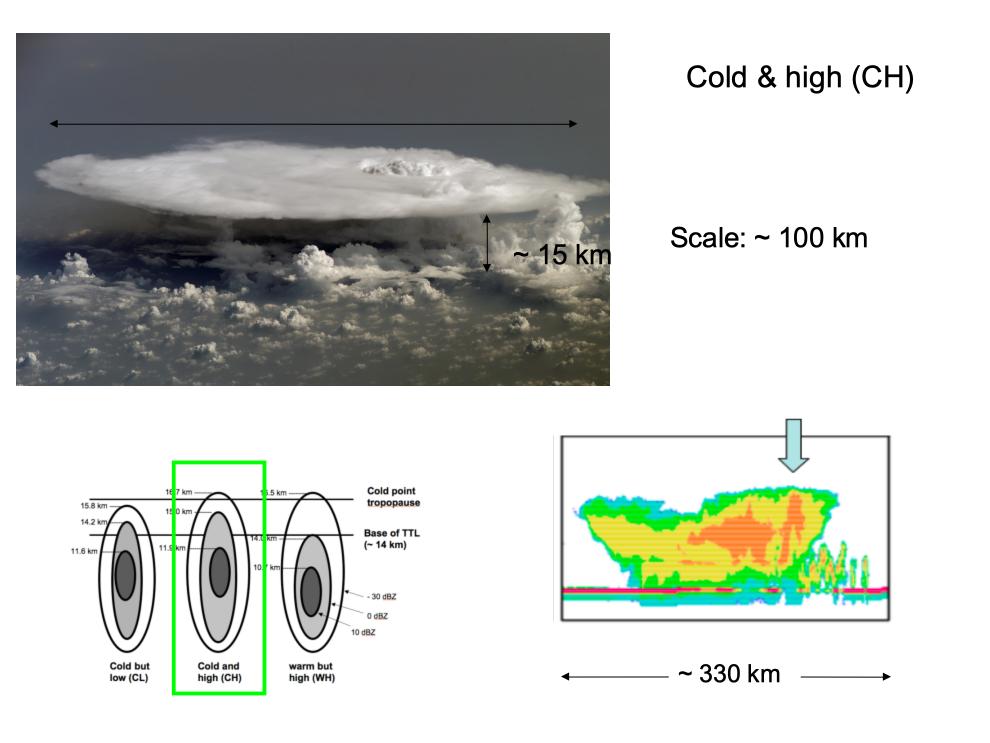
Tropical Convection - Large Convection

Tropical Convection - Hurricanes, Typhoons, Cyclones
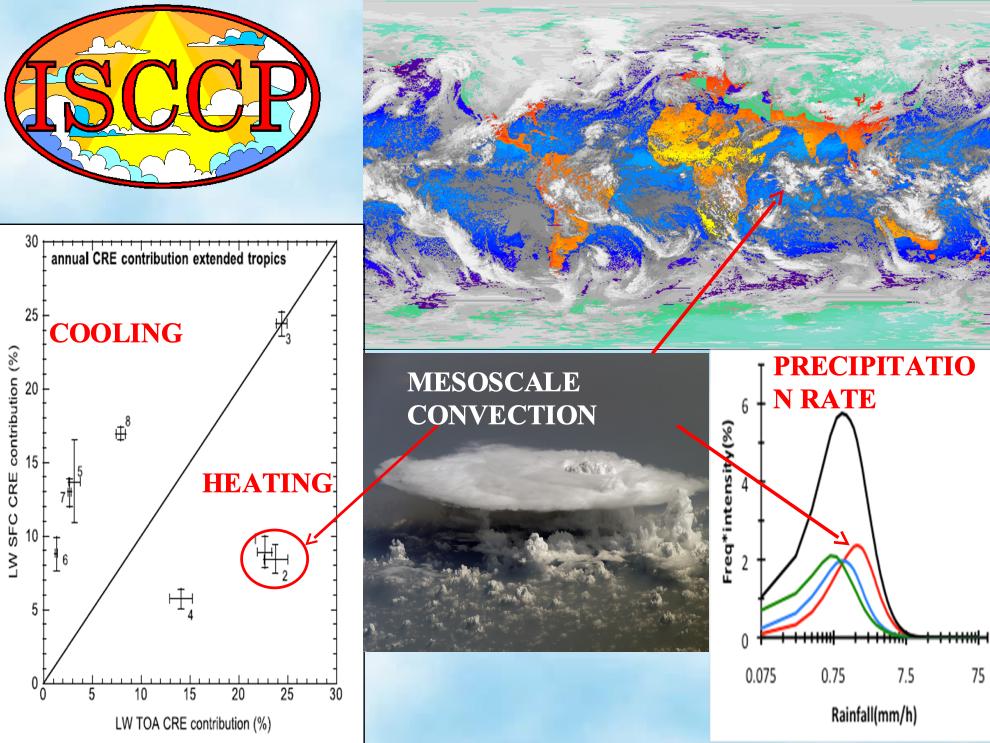
Tropical Convection - Mesoscale
